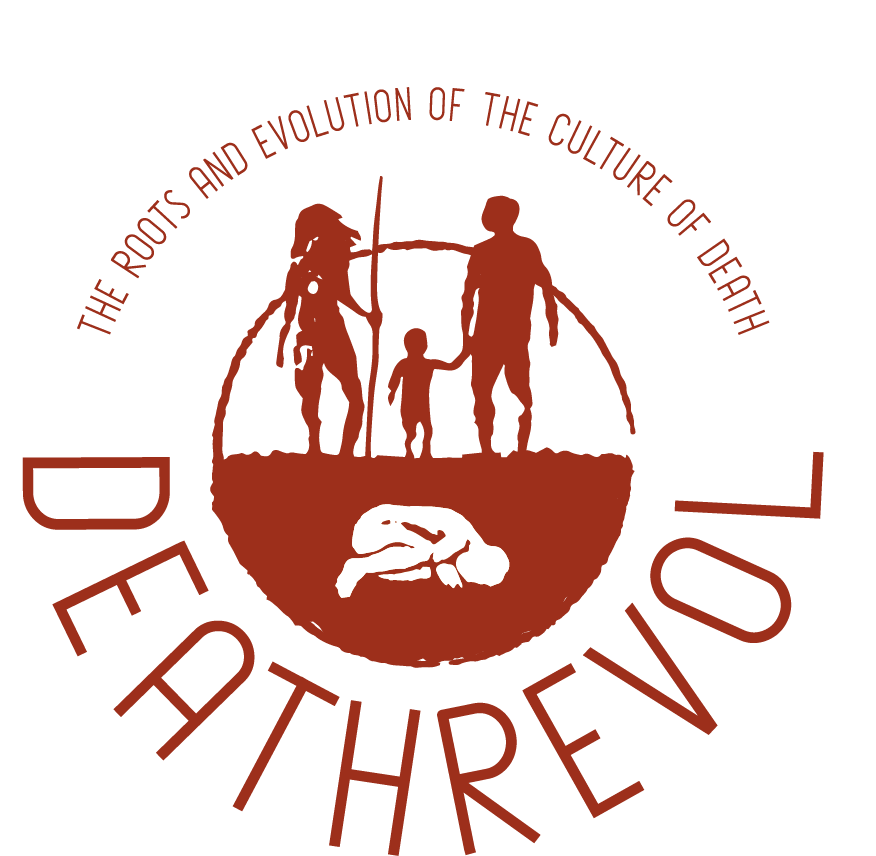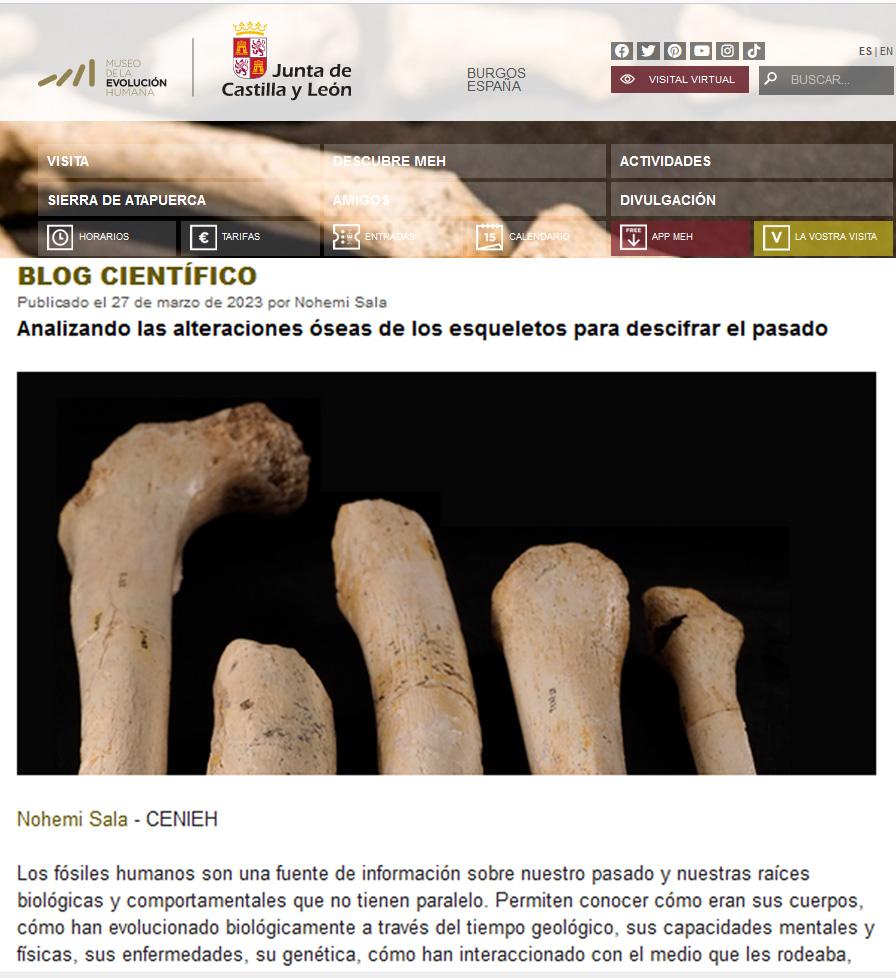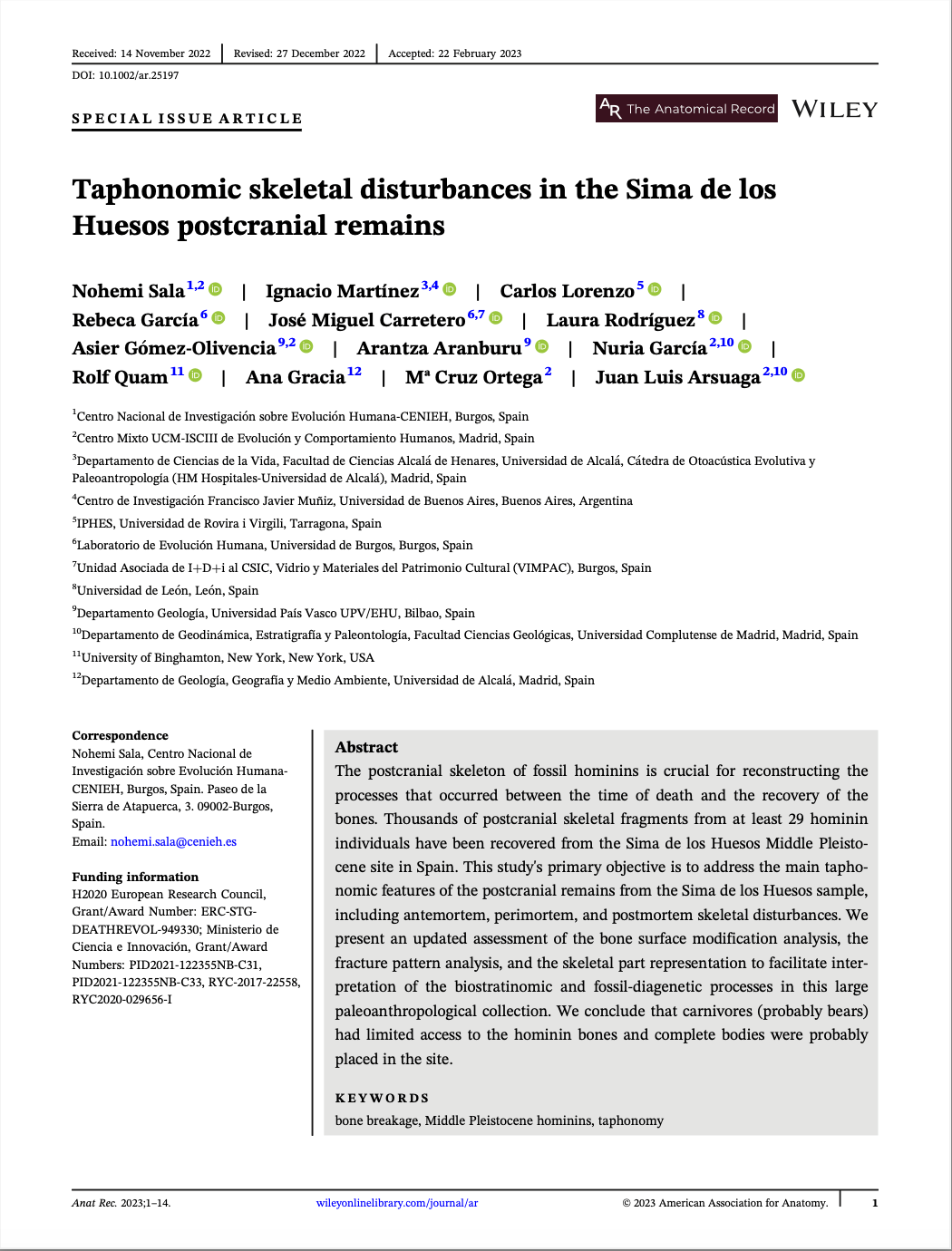TRAVELLING WITH DEATHREVOL: TEL AVIV (ISRAEL)
Studying Late Pleistocene Neandertal specimens such as Kebara or Tabun and Paleolithic Modern Human specimens such as Qafzeh, Skhul or Manot is a privilege that we could only achieve at Dan David Center of Human Evolution and Biohistory Research, Sackler Faculty of Medicine, Tel Aviv University, Israel.


